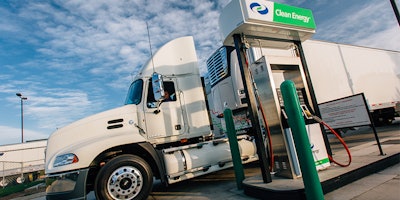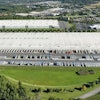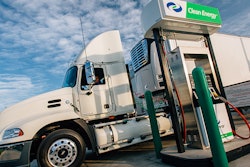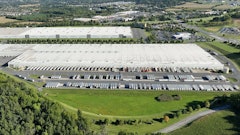
The hydrogen economy is upon us, and the growing demand for hydrogen has already far surpassed supply. While this initially has the appearance of a typical logistical problem, it is growing at a pace that may significantly hinder the advances to date of the global energy transition to cleaner alternatives. The issue is not necessarily with the supply chain; it is that the supply and core infrastructure is almost non-existent. Currently in the United States there are 150,000 gasoline stations and 500 electric vehicle power stations. Yet, there are only approximately 70 hydrogen filling stations, even though hydrogen is being sold as the fuel of the future. Many of these stations are not always operational, making matters even worse.
The Secretary of Energy Jennifer Granholm launched the U.S. Department of Energy’s (DOE) Energy Earthshots Initiative to accelerate breakthroughs of more abundant, affordable and reliable clean energy solutions within the decade. The first Energy Earthshot—Hydrogen Shot—seeks to reduce the cost of clean hydrogen by 80% to $1 per kilogram in one decade. Achieving these targets will help America tackle the climate crisis, and more quickly reach the Biden-Harris Administration’s goal of net-zero carbon emissions by 2050. Clean energy will also create good paying jobs and help grow the economy. The key principle here is, there is no such thing as “small” when it comes to hydrogen infrastructure, it will need to be big, and given the global government, private investment and public investment support, it will be. But, when?
Logistics leaders who manage trucking solutions have an opportunity to lead the way. In a recent report, the EPA reported that the transportation sector is the leading contributor of carbon emissions in the United States. A major part of that sector is the $700 billion domestic trucking industry, which spends approximately $105 billion on diesel fuel annually, according to the American Trucking Association (ATA).
To help offset this trend, many logistics and transportation companies have recently launched initiatives to minimize their carbon footprint. Hydrogen has become the strategic cornerstone of sustainability for the trucking industry. Both industry stalwarts and brand-new players to the industry have identified this new opportunity and begun a global rollout of solutions to take advantage of the market and the government incentives.
With the Department of Energy’s call for a “Hydrogen Shot,” there is a definitive cost-benefit to hydrogen. According to the American Trucking Research Institute (ATRI), fuel costs account for roughly 35% of average marginal costs per mile. As diesel prices are expected to remain high, trucking companies that are best able to manage fuel consumption and contain costs will realize a competitive advantage.
Supply and logistics experts agree, hydrogen is the optimal key to transitioning the transportation industry. Major automakers are all racing to get their hydrogen trucks on the road by next year or sooner. Transport companies that invest in these new vehicles will have a distinct cost advantage and will rise to the DOE’s clean energy challenge. Breaking from the pack, some logistics providers prefer liquid hydrogen (LH2). Utilizing liquid hydrogen is clearly the future, but what little infrastructure that is currently in place is primarily focused on gaseous solutions.
Building out the infrastructure of filling stations is critical for market growth and the start to eliminate the logistics issues. Technology now exists that allows hydrogen solutions to be mass produced and installed at existing gas stations and truck stops in both urban and rural settings. While many hydrogen filling stations will continue to be simple gaseous distribution centers, truck stops and high traffic stations require a new approach. New total station solutions are capable of on-site hydrogen production with zero carbon emissions and store the hydrogen in liquid form that is both safer and ensures the purity. The ability to dispense in both gaseous and liquid form will be a requirement in the very near future.
With the logistics issues associated with hydrogen production, distribution and storage now solved, the success of the hydrogen economy is now secured.


















